Research Vessel Stops off on Journey into Past
Research Vessel Stops off in Wellington on Journey into Past
Story and Images by Lyndon Hood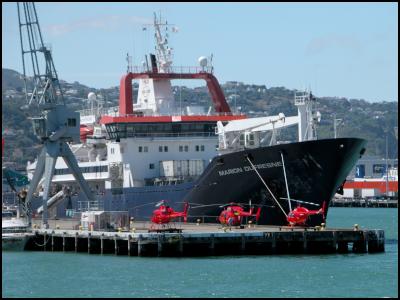
Click for big version
French ocean research vessel Marion Dufresne stopped off in Wellington yesterday, during an international research effort investigating climate change, sediment deposits and the history of mountain-sized underwater avalanches on the New Zealand sea floor.
The French-led collaboration, part of a five-year programme which was eight years in the planning and preparation, is taking sediment cores - up to 60 metres deep - from off the west coast of the South Island and the east coast of the North Island.
Analysis of the biological and mineral deposits in the sediment will give an accurate record of changes in ocean, land and climate dating back hundreds of thousands of years. The shells of microscopic plankton (foraminifera) - about the size of a grain of sugar - are formed during a brief life at the ocean surface and the deposited on the seabed, making a snapshot of ancient ocean conditions.
New Zealand's location between tropical climate in the north and the Southern Ocean makes it an excellent location to investigate the effects of rapid climate change.
The Marion Dufresne, and 120-metre long oceanographic research vessel, is named after an 18th-century French ocean explorer. Its equipment is capable of taking unbroken sediment cores of up to 70m - considerably longer than other vessels can achieve and more than half the length of the ship.
The crew briefed journalists on their work during the afternoon. In the evening the French Embassy held a reception onboard with guests including the Minister of Science, the French and German Ambassadors and the head of Crown Research institutes.
See: NIWA - French and New Zealand researchers hunt for climate clues and giant avalanches on the seafloor
ALSO:
Information on the Marion Dufresne
Biography: Marc Joseph Marion du Fresne (1724-1772)
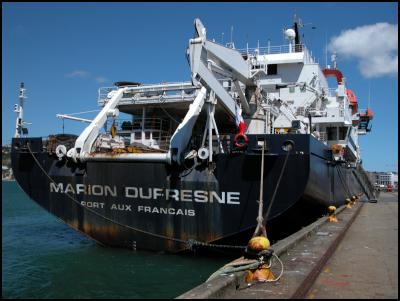
Click for big version
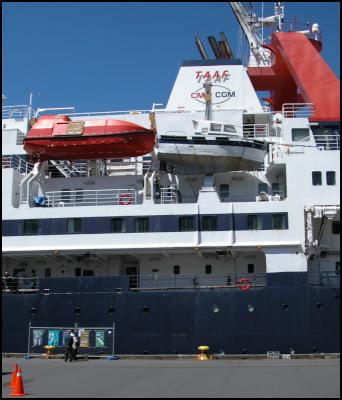
Click for big version
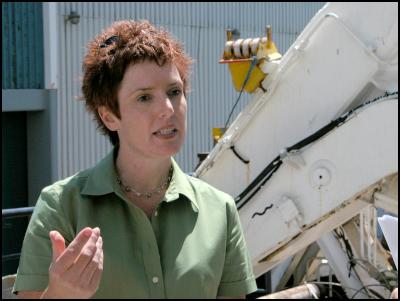
Click for big version
NIWA scientist Dr Helen Neil will be involved in analysing the cores.
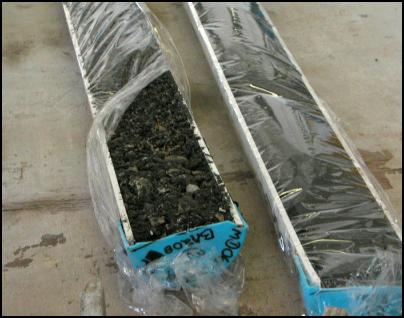
Click for big version
A high-level section of core from off the west coast of the South Island. The deeper, more ancient sediment is kept refrigerated for later analysis.

Click for big version
Sediment from the core.
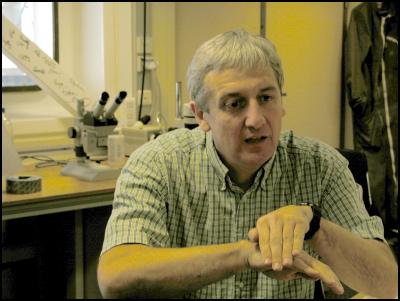
Click for big version
Dr Jean-Noel Proust of Géosciences Rennes discusses plate tectonics.

Click for big version
Dr Proust shows off some geophysical data. Preparation for this mission included extensive mapping of the sediment by NIWA.
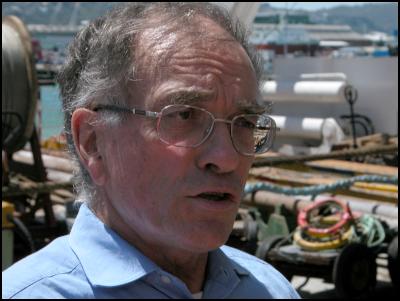
Click for big version
Marion Dufresne Director of Operations Yvon Balut. Some of the equipment used for taking cores is in the background.


 Jim Mikoz: Look Out Rocks … Oops Too Late
Jim Mikoz: Look Out Rocks … Oops Too Late Peter Dunne: Dunne’s Weekly - National And Labour Combine To Shut Out Greens
Peter Dunne: Dunne’s Weekly - National And Labour Combine To Shut Out Greens Ramzy Baroud: Voting Against Genocide - How Gaza Defeated The Democratic Establishment
Ramzy Baroud: Voting Against Genocide - How Gaza Defeated The Democratic Establishment  Alastair Thompson: Google's Support For Democracy And Media In NZ | Part 2
Alastair Thompson: Google's Support For Democracy And Media In NZ | Part 2 Eugene Doyle: BBC Goes Full Goebbels In Support Of Israeli Soccer Hooligans
Eugene Doyle: BBC Goes Full Goebbels In Support Of Israeli Soccer Hooligans Binoy Kampmark: They Were There First - Election Denialism, The Democratic Way
Binoy Kampmark: They Were There First - Election Denialism, The Democratic Way